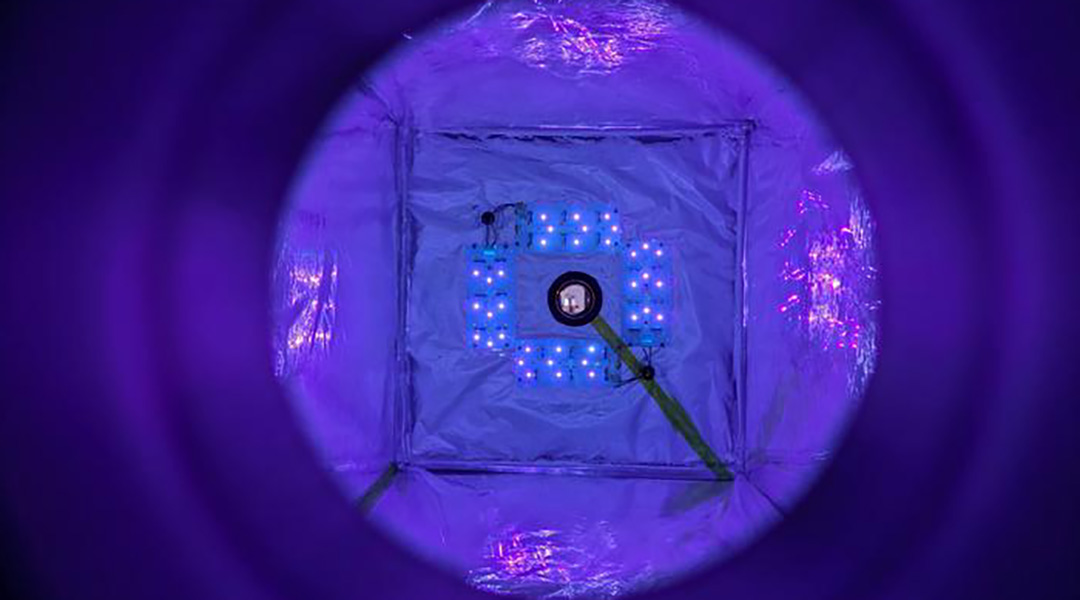Methane and nitrous oxide exhaled by humans could be contributing to climate change. Thankfully, the findings indicate that overall, the impact from humanity’s lungs is likely low but this does highlight how many small sources of gases, like methane, there are in the world. According to researchers, these millions of small emitters add up to a big problem.
Methane is a greenhouse gas, which contributes about a third of the gases that affect climate change, and it comes from both natural and manmade sources, such as wetlands and livestock.
The Intergovernmental Panel on Climate Change (IPCC) believes that reducing methane emissions would immediately help slow the rise of Earth’s temperature, but options for dealing with methane are limited.
Usually, the gas is burned off from air, but this is only possible if concentrations reach 4% or higher, meaning sources below this threshold have until now been unmanageable. According to Matthew Johnson, professor of chemistry at the University of Copenhagen, a high-efficiency methane cleaner may finally tame the low concentration methane problem.
Death by a million sources
“A large part of our methane emissions comes from millions of low concentration point sources like cattle and pig barns,” said Johnson in a press release.
This creates a death by a thousand cuts scenario as methane from these sources still ends up in the atmosphere, contributing to the greenhouse warming effect. Therefore, Johnson and colleagues devised a Band Aid in the form of a deployable methane cleaner.
The new device, which was presented online a COP28 and published in Environmental Research Letters, is inspired by natural processes of methane degradation that occur in the atmosphere. Left alone, atmospheric methane slowly decomposes and is converted in carbon monoxide, a less harmful gas.
However, this takes 10 to 12 years, and given the fact that estimates gauge the negative impacts of methane on climate change as 85 times worse than CO2 over a 25-year period, it doesn’t appear we have time to wait.
“Methane decomposes at a snail’s pace because the gas isn’t especially happy about reacting with other things in the atmosphere,” explained Johnson.
Accelerating nature
The team sought to speed up this natural reaction, and found the key to accelerating methane’s breakdown was chlorine. “We’ve discovered that, with the help of light and chlorine, we can trigger a reaction and break down the methane roughly 100 million times faster than in nature,” Johnson said.
The team calls their new method the methane eradication photochemical system, and from the outside, it looks like a long metal box with lots of hoses and measuring instruments. Inside, chlorine is added to the air containing the methane. UV light is then introduced, which splits the chlorine molecules into two chlorine atoms.
These atoms are then able to entice a hydrogen atom away from the otherwise stable methane, setting off a chain of degradation in which the methane first becomes CO2 and then eventually, carbon monoxide and hydrogen. The chlorine atoms that steal the hydrogen from methane become hydrochloric acid, which is subsequently recycled in the chamber.
The prototype has been incredibly successful, said Johnson. “We’ve proven that our reaction chamber can eliminate 58% of methane from air. And, since submitting the study, we have improved our results in the laboratory so that the reaction chamber is now at 88%,” he added.
Now, the team is waiting on the delivery of a 40ft shipping container, which they will convert into a much larger prototype of the cleaner. The goal is to make the cleaner compatible with standard ventilation systems in use at places where methane is produced at low concentrations, such as farms.
“Today’s livestock farms are high-tech facilities where ammonia is already removed from air. As such, removing methane through existing air purification systems is an obvious solution,” said Johnson.
Reining in these abundant but low concentration emission sources could go a long way to helping climate change on its own, but Johnson points out they could also improve the efficiency of some renewable technologies.
“For example, Denmark is a pioneer when it comes to producing biogas. But if just a few percent of the methane from this process escapes, it counteracts any climate gains,” he said.
Source: Morten Krogsbøll, et al. A high efficiency gas phase photoreactor for eradication of methane from low-concentration sources, Environmental Research Letters (2023) DOI: 10.1088/1748-9326/ad0e33
Feature image credit: Matthew Stanley Johnson, Department of Chemistry, University of Copenhagen

















